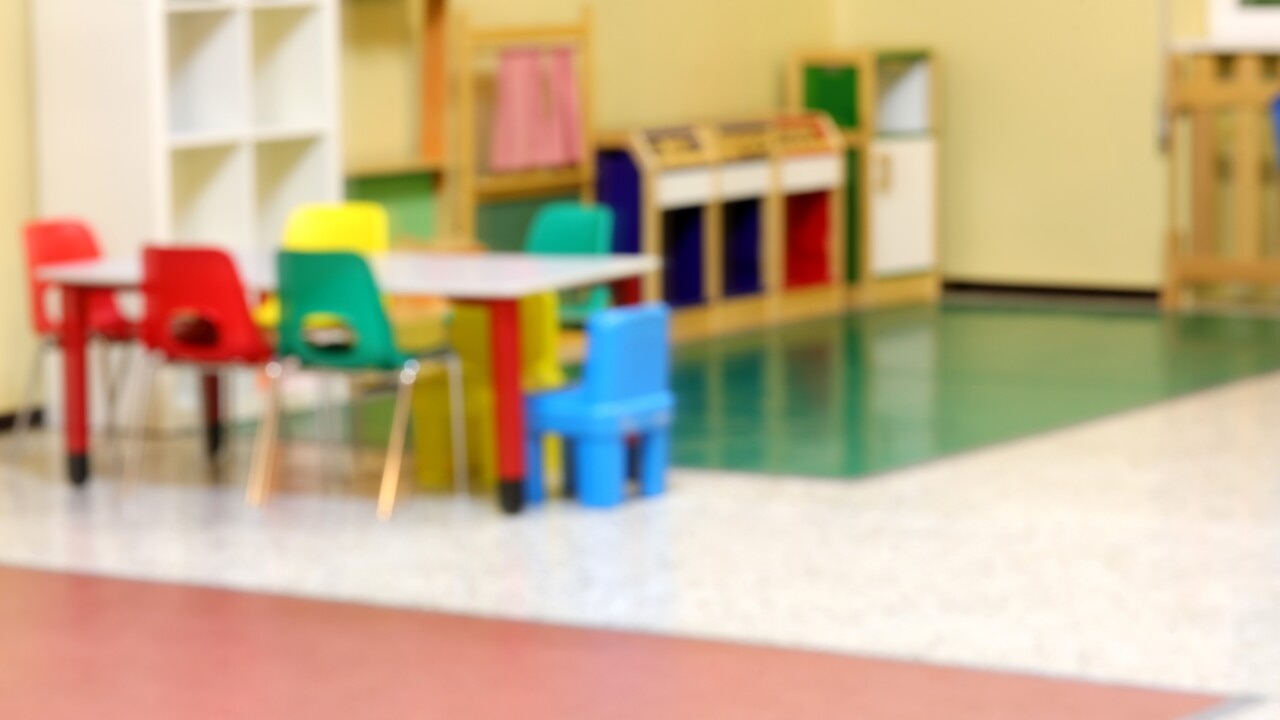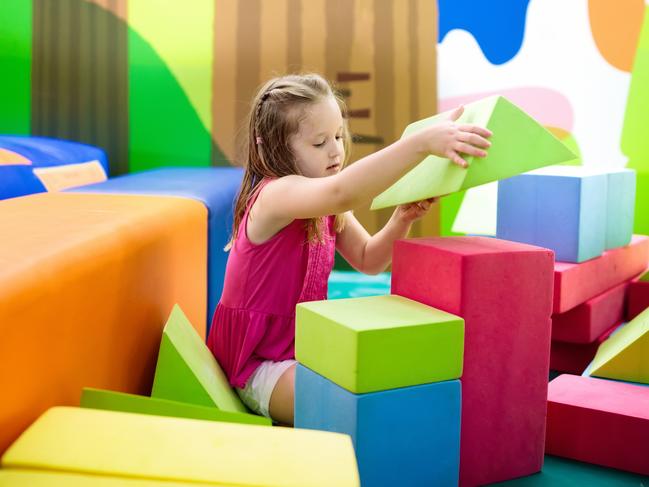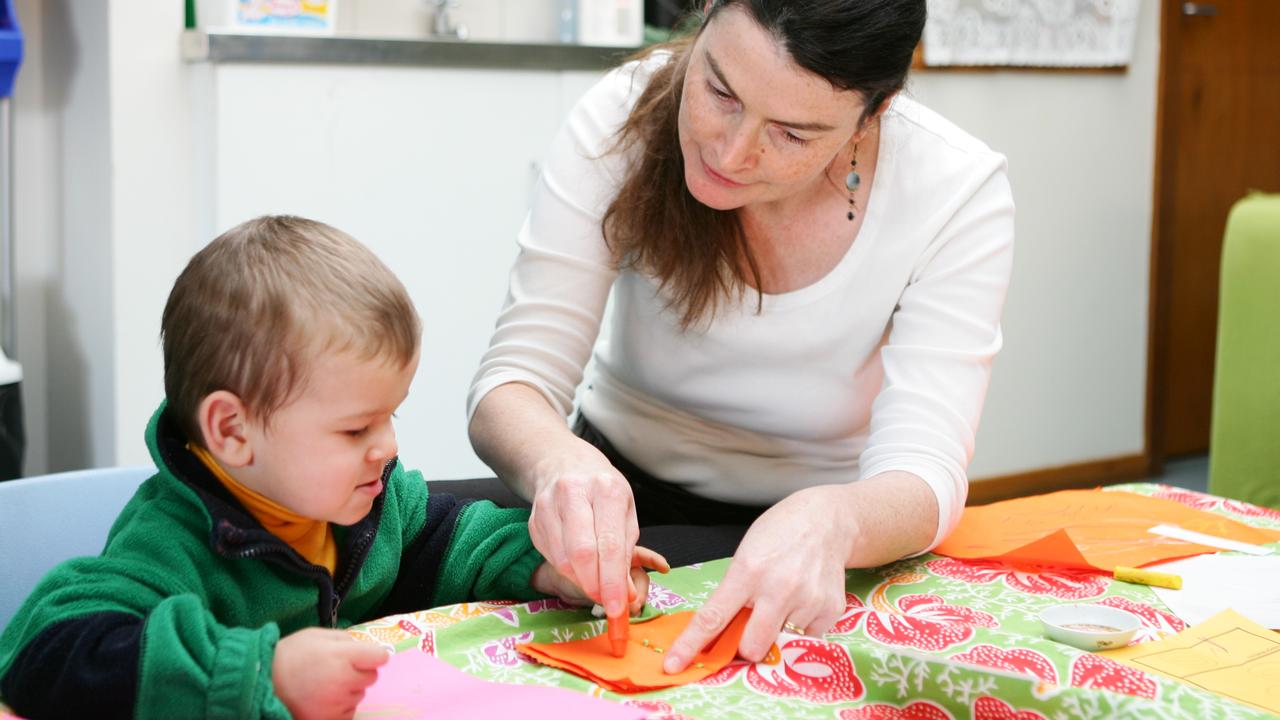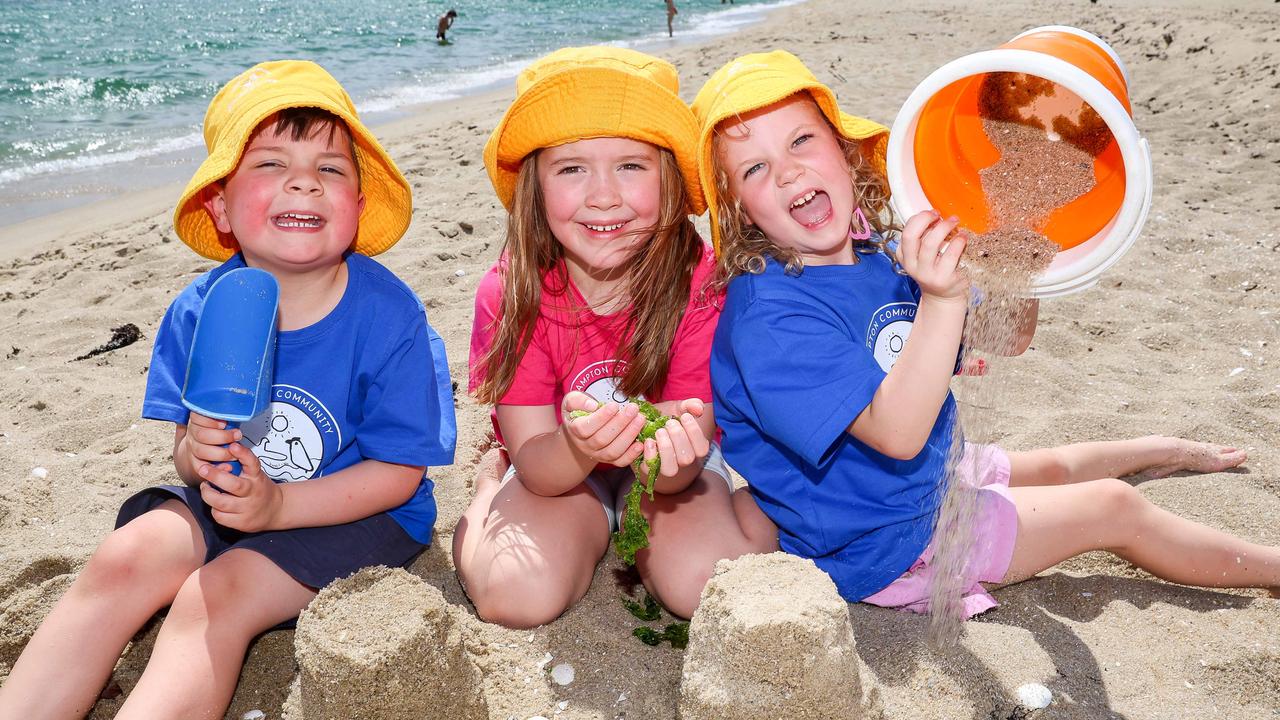Melbourne suburbs with worst preschool attendance rates
Parts of Melbourne have recorded a big drop in children going to preschool, raising fears students will be left behind at school.

Early Years
Don't miss out on the headlines from Early Years. Followed categories will be added to My News.
Preschool attendance rates in Melbourne’s west have plummeted to the lowest in a decade, raising concerns children could fall behind later at school.
New figures released by Victoria University’s Mitchell Institute reveal suburbs in Brimbank most drastically trail the Victorian and federal governments’ aim for 95 per cent of children to attend preschool.
Just 69.4 per cent of children living in Keilor attended preschool over ten years to 2016 – down from a 91.4 per cent attendance rate in 2006 – according to the Children, Young People and Health in Brimbank report.
Attendance in Taylors Lakes dropped from 83.1 per cent to 70.9 per cent in ten years.
While the report also found more young people had enrolled in full-time education, Mitchell Institute’s Professor of Health Policy Rosemary Calder said the falling number of children attending preschool meant more students could suffer academically when they eventually attend school.
“Of concern is the declining preschool attendance in some of the most disadvantaged areas of Brimbank,” Prof Calder said.
“Quality early learning is crucial to preparing children emotionally and intellectually for school, with evidence showing that disadvantaged children benefit most,” she said.

Brimbank is home to some of the most socio-economically disadvantaged and culturally diverse communities in Victoria.
There are hopes the Andrews government’s state funded three-year-old kinder in 2022 will help combat the attendance shortfall, with 89 per cent of available places in Brimbank already filled.
Early childhood Minister Ingrid Stitt on Tuesday announced all three-year-old children in Victoria would have access to at least five hours of kindergarten, which would scale up to reach the full 15-hour program by 2029.
But Prof Calder said the report highlighted a growing number of Brimbank kids were missing out on valuable early learning that would prepare them for primary and secondary school.
“These areas also have seen an increase in developmental vulnerabilities identified in children starting school,” she said.
“Two years of preschool can put children ahead in literacy and numeracy and those benefits continue throughout their schooling into later life.”
In contrast to Brimbank, the Herald Sun revealed in November the suburbs of Richmond and Point Cook were among the areas where preschools were most sought after in Victoria.
Data from the Australian Childcare Alliance showed the attendance rate in Melbourne’s west dropped at the same time the national average was climbing – when it rose from 90.9 per cent of four-year-olds enrolled in childcare in 2013 to 95.1 per cent in 2015.
Brimbank mayor Jasmine Nguyen said the council had introduced a host of educational initiatives in a bid to combat the attendance gaps.
“This enables a deeper reach and better understanding of educational and employment barriers and needs of these communities,” she said.


